Technological Advances and Public Perception of US Healthcare System
VerifiedAdded on 2022/08/23
|5
|1148
|21
Essay
AI Summary
This essay delves into the evolution of healthcare in the United States, examining the impact of technological advancements on public opinion and healthcare delivery. The essay begins by evaluating two historical perspectives on US healthcare, highlighting the shifts in public sentiment regarding the healthcare system. It then contrasts and describes two key technological advancements: Electronic Health Records (EHRs) and pharmacogenomics/genome sequencing, detailing their positive impacts on healthcare delivery. The analysis explores how these technologies have influenced public opinion, considering both positive and negative viewpoints. The essay forecasts the future impact of these advancements, predicting their influence on healthcare utilization and delivery. Furthermore, it identifies other factors, such as socioeconomic status, government policies, and physician supply, that may simultaneously affect healthcare utilization in America. The essay concludes with a comprehensive overview of the current state and future trajectory of healthcare technology in the United States.
1 out of 5
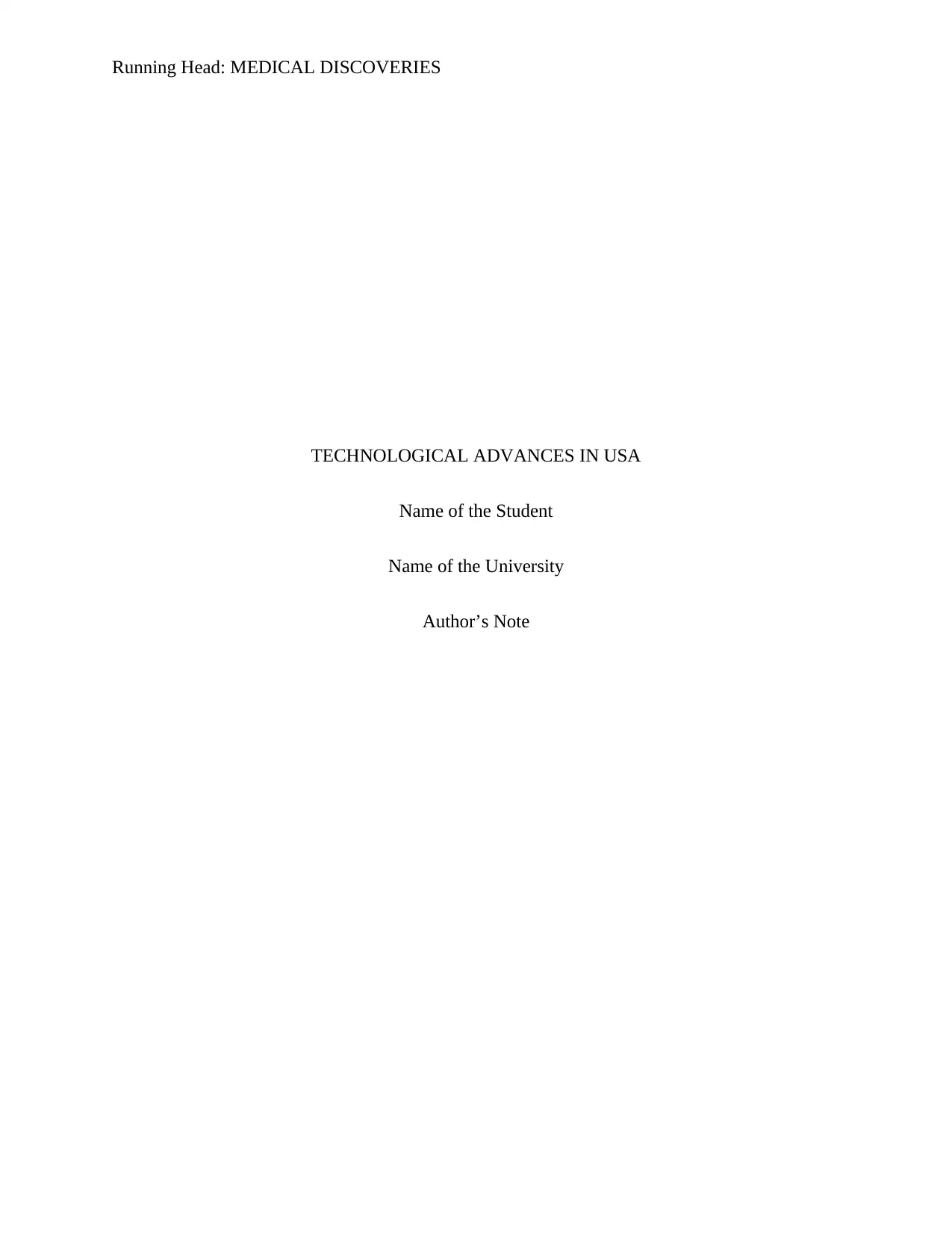
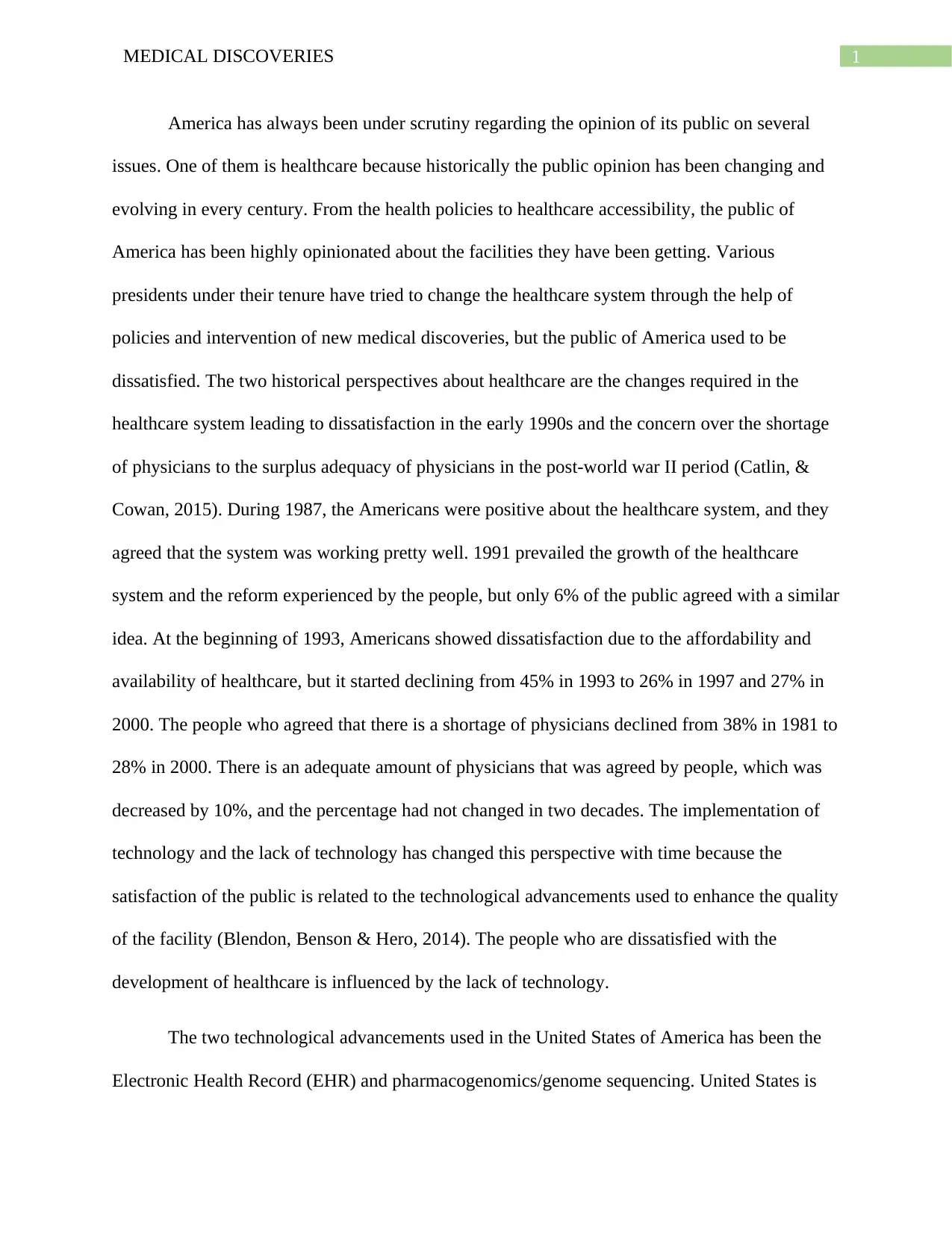
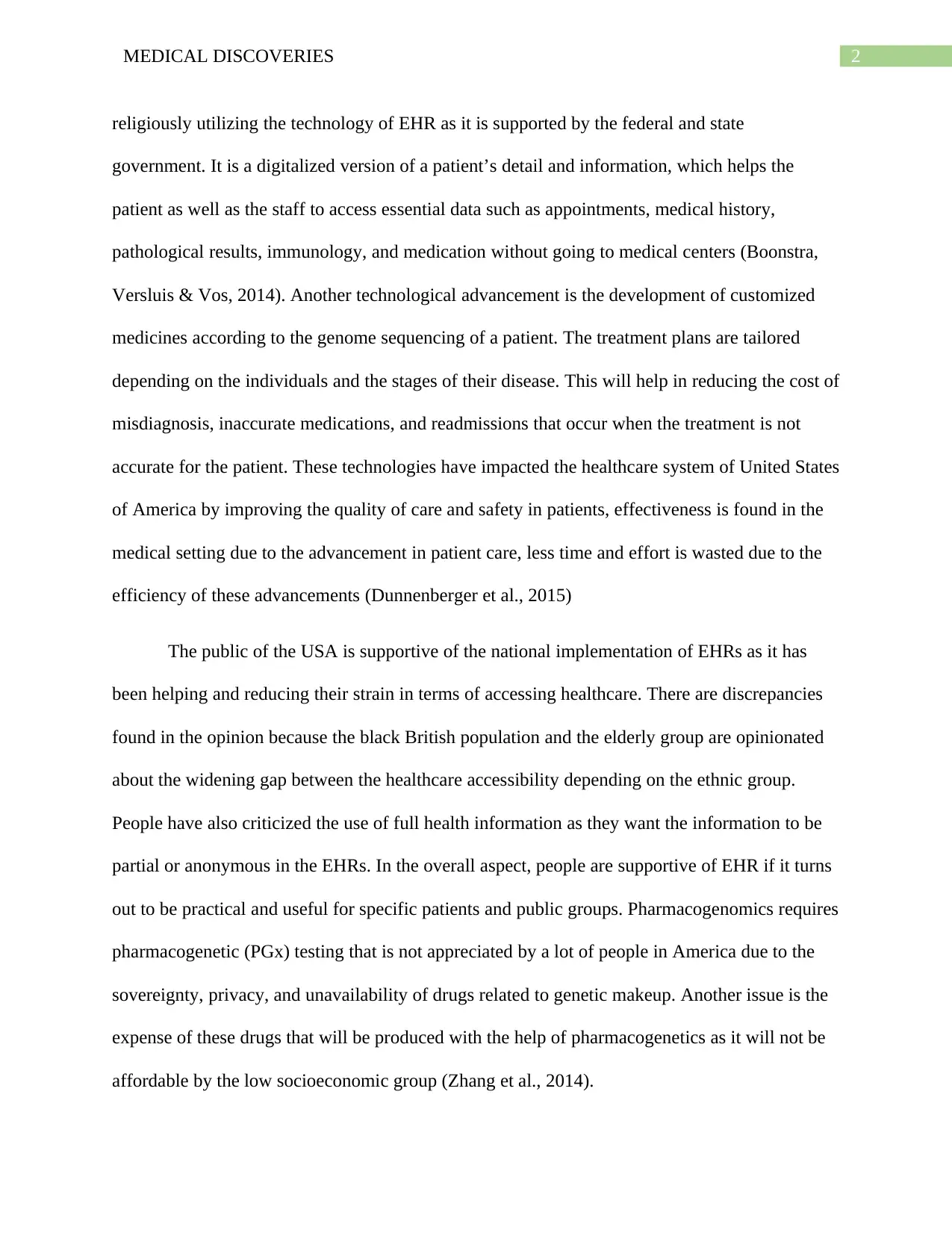

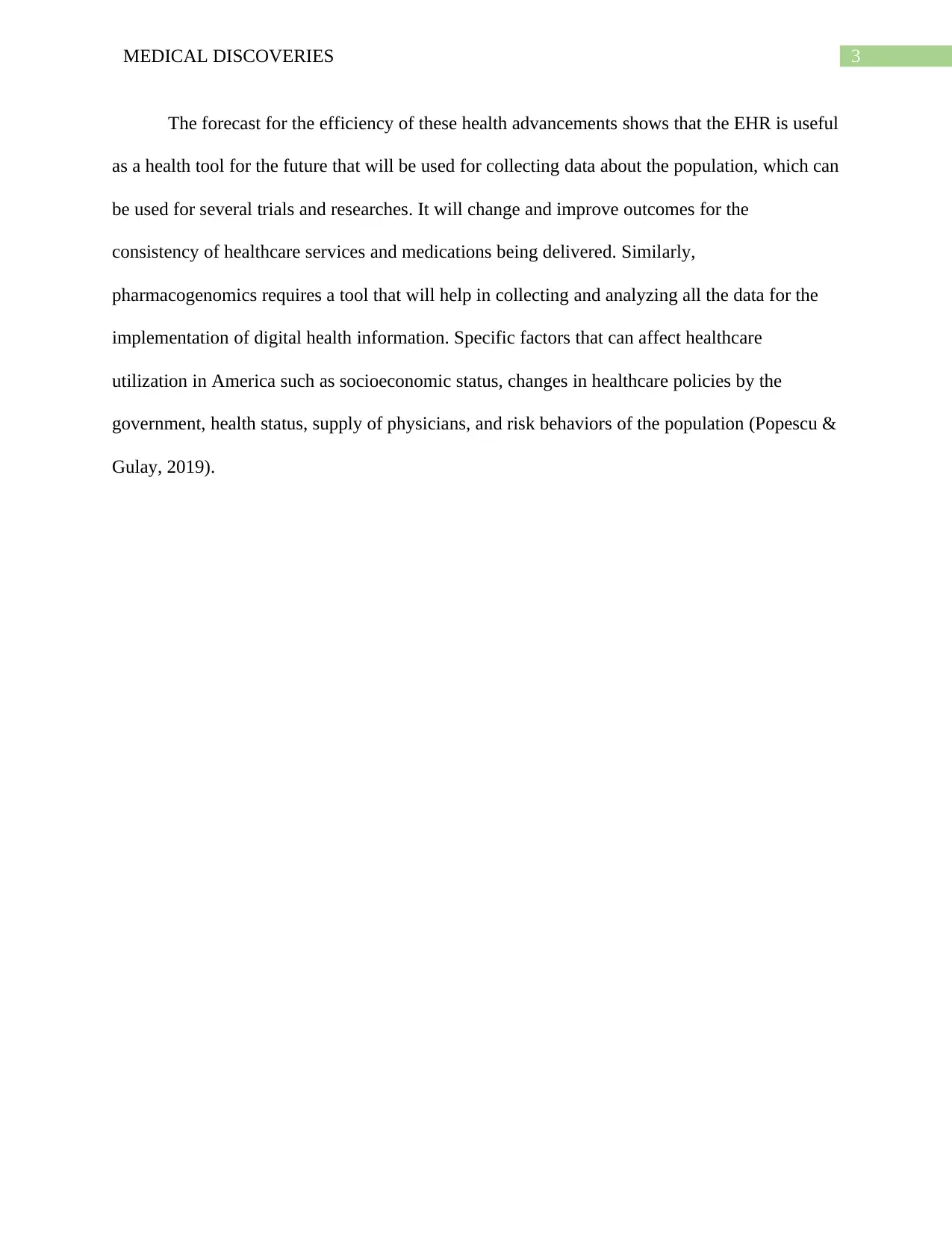
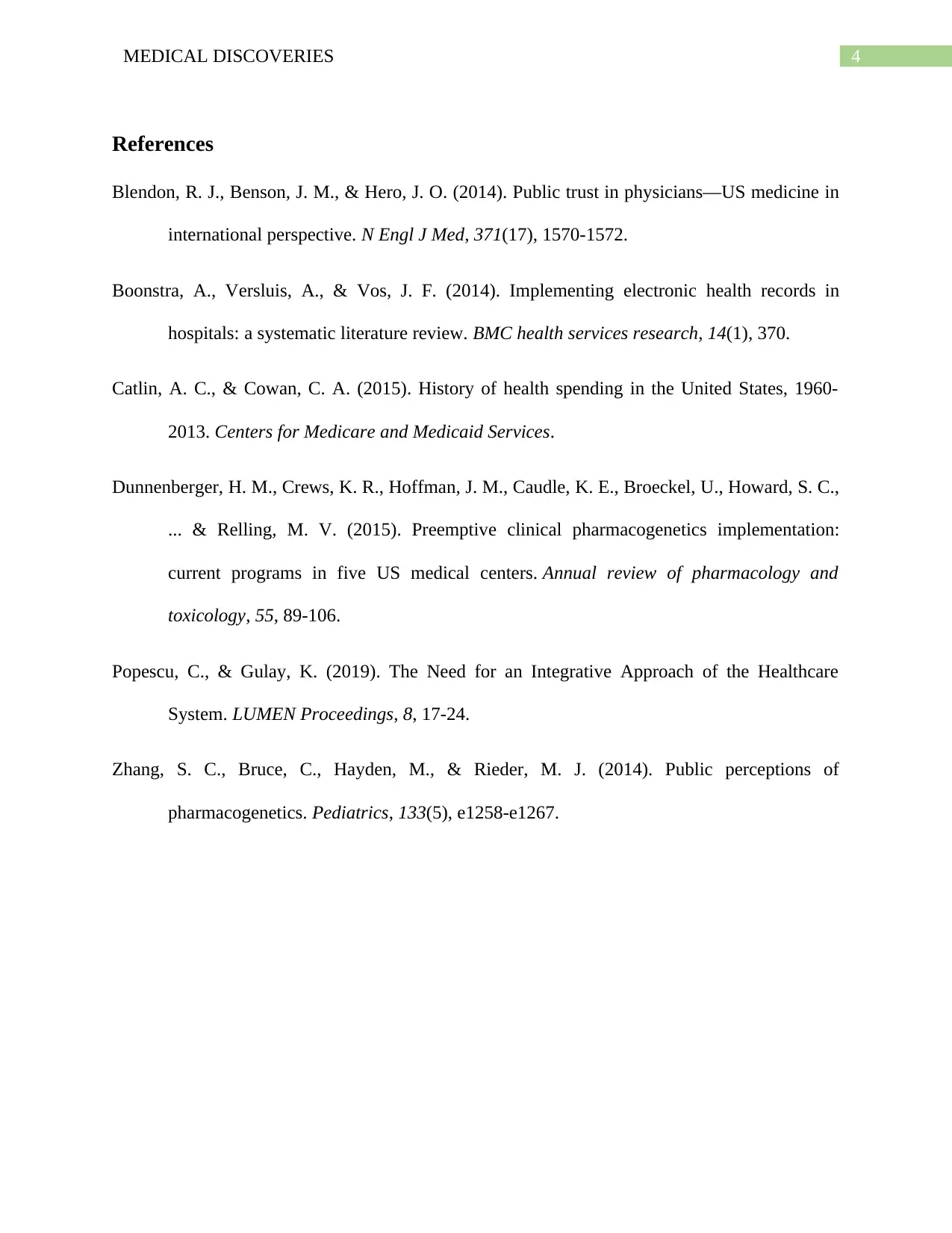



![[object Object]](/_next/static/media/star-bottom.7253800d.svg)